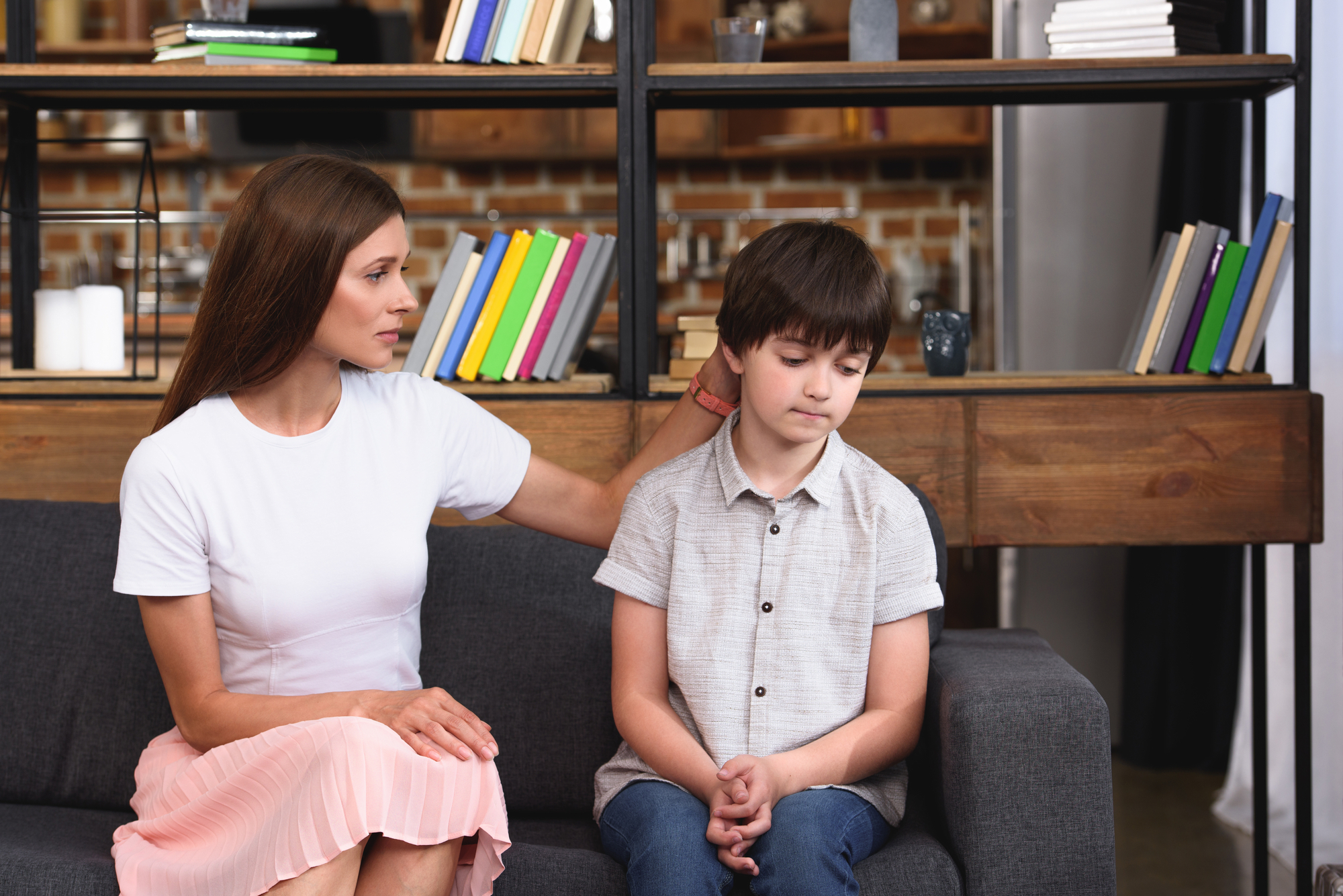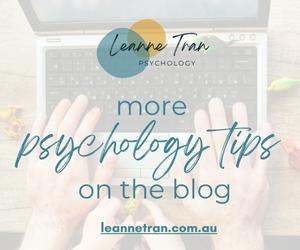Today, we’re going to talk about something really important: emotional regulation. It’s a big topic, and it’s something I’ve been thinking a lot about, especially given the recent challenges my family has faced. Some of these events have been tough, especially for the kids, so I want to share what I’ve learned and how it applies to family life.
Understanding Emotional Regulation:
Emotional regulation is a fancy term, but it’s something we all deal with every day. We all have emotions, and they can vary from person to person. Some people experience big emotions that come and go quickly, while others take longer to feel something but stay with those feelings for a while. It’s essential to understand that we’re all unique in how we process our emotions.
So, what is emotional regulation? It’s the ability to feel your emotions and then use strategies to help yourself calm down when those emotions become overwhelming. These emotions can be anything, from anger and anxiety to sadness and more.
How Kids Learn Emotional Regulation:
When we are little, our parents play a crucial role in helping us learn to regulate our emotions. We call this “co-regulation.” Parents help us when we can’t do it ourselves, just like helping us fall asleep, eat when we’re upset, or offering comfort when we need it. Kids rely on their parents to assist them when their feelings are too big to handle.
Teaching Kids About Emotional Regulation:
So, how do we teach kids to regulate their emotions? It varies from child to child, but the key is to practise at home where they feel safe and can get support. One way to explain this to kids is by comparing the size of their feelings. Just like a handball is easier to handle than a big fitball (those large exercise balls), kids can learn to make their emotions smaller and more manageable, rather than squashing them or getting rid of them.
Creating a Toolkit for Emotional Regulation:
Kids can build a toolkit of strategies to regulate their emotions. This toolkit might include deep breathing, taking a short break from a situation, or doing something enjoyable. If your child already has a strategy that works, like playing with a pet or jumping on a trampoline, that’s great. You can add more strategies to their toolkit for different situations.
What Parents Can Do:
Parents play a crucial role in helping their children with emotional regulation. First and foremost, you need to regulate your emotions. If you’re angry or scared, it’s challenging to help your child feel calmer. So, it’s essential for parents to manage their emotions first. This might involve deep breathing or taking a short break to calm down. By staying calm, you can provide the co-regulation your child needs.
Managing Relationships in the Family:
It’s not just about regulating yourself; it’s also about managing relationships within the family. If there’s a co-parent or other siblings in the house, you need to ensure that the situation remains as calm as possible. Sometimes, it’s best if one person takes the lead in helping the child regulate while the others step back. Too many instructions can overwhelm a child, so keeping it simple is essential.
Using Stress Levels to Understand Behaviour:
Understanding the baseline stress levels within your family is essential. When everyone’s stress level is higher than usual due to various factors, even small issues can lead to more significant emotional reactions. Recognizing this can help you be more patient with your children during stressful times. You can also consider reducing certain expectations and responsibilities when the stress level is high to prevent further emotional outbursts.
In summary, emotional regulation is a vital skill for both kids and parents. Understanding the role of co-regulation, creating a toolkit for emotional regulation, and managing your family’s baseline stress levels can make a significant difference in how you navigate the challenges of daily life. Remember, we all have emotions, and it’s okay to feel them, but learning to manage them is a valuable skill for children and adults alike.









